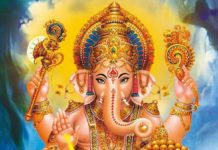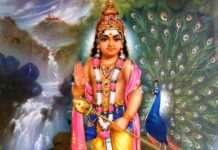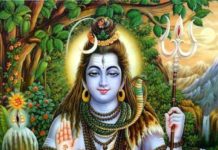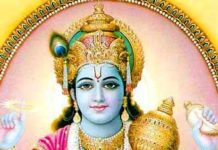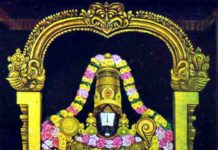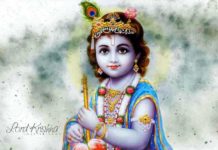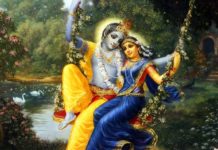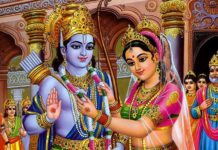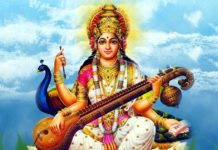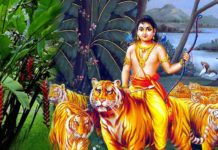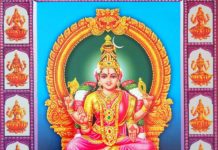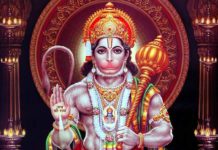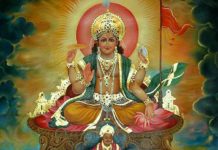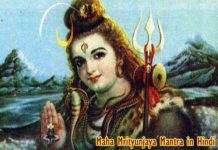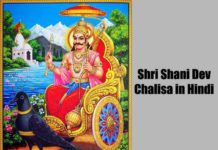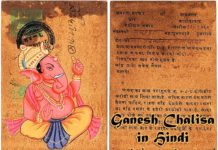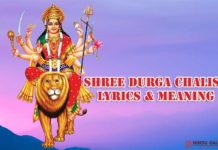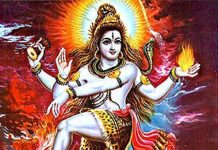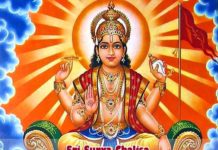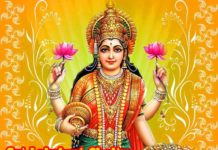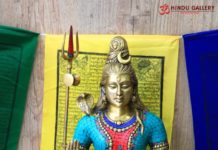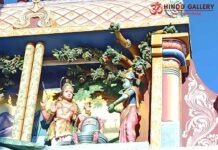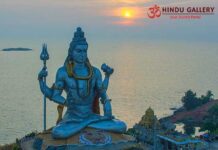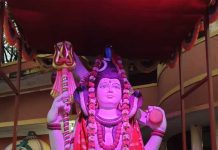Ratha Sapthami is ascribed to God Sri Surya. It occurs on the 7th day from the Amavasya of Magha Month of both Amanta and Purnimanta Calendars (Shukla Paksha Sapthami).
It occurs on Friday, 16th February 2024. The exact duration of the Sapthami Tithi has to be ascertained from the respective regional calendar.
Ratha Sapthami signifies the turning of God Surya’s seven horsed chariot in north east direction towards northern hemisphere. As it falls two days after Basant Panchami, it heralds the onset of spring from winter. The harvesting season also commences.
The other names of the festival are Magha Sapthami / Maha Sapthami / Surya Jayanthi.

God Sri Surya
The seven horses in Sri Surya’s chariot signifies the seven days of the week. Their names and their attributable significance are considered as below:
-Jaya – immense strength and benevolence
-Ajaya – intelligence and understanding
-Vijaya – wisdom and spirituality
-Jita Praana – analytical thought process
-Jita Krama – dedication and discipline
-Manojapa – sincerity and truthfulness
-Jita Krota – appreciation of finer things
There are twelve wheels in the chariot signifying twelve months / twelve zodiac signs. Sri Surya’s own sign is Leo. He moves from one sign to the other in succession every month. In total, the twelve transitions constitute one year.
Legend
There are a few legends associated with the celebration of Ratha Sapthami.
Sri Surya Jayanthi
As per the legend, Sri Surya was born to Sage Kashyapa and his wife Aditi on Ratha Sapthami day.
As per Bhavishya Puran, Surya was first born as a cosmic egg. When Aditi thought that the egg was lifeless, Sage Kashyapa had ascertained that it had life. He called it Mruttuta Anda which means egg with no death. Sri Surya emanated from the deathless egg.

Hence Surya’s name became Marthanda from Mruttuta Anda. The other names of Sri Surya, to name a few are Bhaskara, Diwakara, Bhanu, Ravi, Arka, Aditya and Prabhakara. According to Bramha Puran, Sri Bramha Himself has given 108 names to Sri Surya.
King Yashovarma’s son
As believed, a King named Yashovarma was ruling Kambhoj. He had no children. After ardent prayers to God, he was blessed with a son. The son was afflicted with illness.
The King was worried. He sought advice from a Sage to cure the illness. The Sage advised his son to observe Ratha Sapthami. He did so. Soon, he became healthy.
Bhishma’s last days
It is believed that Bhishma Pitha’s last days of life dawned from the onset of Ratha Sapthami. He died on the fourth day from Ratha Sapthami, which is called as Bhishma Ekadashi.
Significance of arka leaves
Arka leaves are popularly known as bowstring hemp. Their biological name is calotropis gigantea. They have medicinal qualities. They are called as Erukkam in Tamil, Jilledu in Telugu, Ekka in Kannada and Aak in Hindi. The shape of arka leaves is believed to denote the shape of Sri Surya’s Chariot.

On Ratha Sapthami day, seven arka leaves are kept on the body before taking bath.
It may be noted that Arka flowers are used in worship of Lord Ganesha.
Rituals
-While taking bath, before applying water, place the seven arka leaves on the body as follows: One on the head, one on each shoulder, one on each knee and one on each foot. This ritual is believed to have healing benefits.
-before placing the arka leaves on the body, women add rice and turmeric to the leaves and men add rice to the leaves
-As per another custom, when holy dips are taken in water bodies, several arka leaves are just kept on the head.
-Keeping water in the palms, tharpan or argyam is offered to Sri Surya.
-Mantras invoking Sri Surya are chanted.
-In South India, Rangoli / Kolams depicting Surya’s Rath are drawn in front of the house in the traditional manner.
-Sweet Pongal is prepared and offered as Neivedyam at homes.
Temples
At Surya temples such as Konark in Orissa, Modhera in Gujarat and all other temples dedicated to Sri Surya, elaborate festival is observed.

In all Shiva temples which have dedicated sanctum for Sri Surya, special pujas are conducted throughout the day.
In Vishnu temples, Ratha Sapthami has special significance as Sri Surya is also called as Surya Narayana.
Tirupathi Sri Balaji Mandir
Ardha Bramhotsavam is held on this day. Commencing at dawn at 5.30 A.M, the procession of Lord Balaji with Sri Devi and Bhu Devi on during different times on various vahans is done.
The initial vahan is Surya Prabha. This is followed by Chinna Sesha Vahan, Garuda Vahan, Hanuman Vahan, Chakrasanan, Kalpa Vruksh Vahan, Sarva Bhupala Vahan and the ritual ends with Chandra Prabha Vahan at night.

Apart from Tirupathi, Ratha Sapthami is celebrated in a grand manner across all the Vishnu temples. In most of the temples, the costume of the Moolavar (Sanctum Deity) is changed from Velvet to silk or cotton to signify the closure of winter.
Arogya Sapthami
Ratha Sapthami heralds the onset of Spring. At dawn, bath is taken through erka leaves which have medicinal qualities. Throughout the day, prayers invoking Sri Surya are observed. People also throng the day long processions in Vishnu temples. The exposure to Sun slowly commences from this day. This exposure is a cure to the illness. It leads to healthy life. So this festival is called as Arogya Sapthami as well.
Sri Surya Slokams
–Aditya Hrudayam
–Sri Surya Ashtakam
-Sri Surya Sahasranamam
-Sri Surya Sthuthi
–Sri Surya Gayathri
–Sri Adithya Hrudhaya Ashtothata Satha Namavali
–Sri Ratha Sapthami Slokam
–Sri Bhaskara Stotram
–Sri Surya Kavacha Stotram
–Sri Surya Chalisa
Any other Sloka containing Salutations to Sri Surya.
Narmada Jayanthi
The day of Magha Sukla Paksha Sapthami is also celebrated as the day of river Narmada. River Narmada is one of the Punya Theerths in India. The river is reverently worshipped for peace and prosperity. At evening, plank like boats full of lit diyas are said to be floated in the river.

The prayers start right from Amar Kantak in Madhya Pradesh where the river originates till the course of the river.






